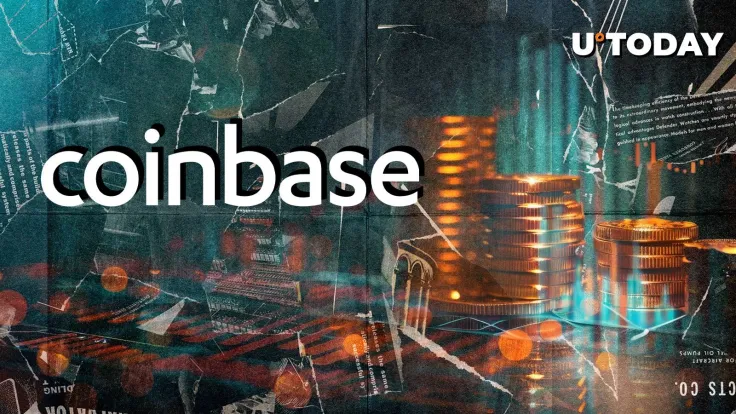
Cryptocurrency exchange giant Coinbase has finally lifted the curtain on how specific tokens end up getting listed on the exchange.
The exchange has outlined a slew of criteria that range from legal compliance to the size of the token's community.
Three reviews
Potential listing candidates have to go through three reviews (legal, compliance mitigation, and technical security).
First of all, Coinbase has to find out whether a certain token would be considered a security based on the existing legal framework. The exchange, for instance, suspended XRP trading after the SEC labeled the token as an unregistered security. However, it became available for trading once again after a district judge ruled that its secondary sales do not qualify as investment contracts.
Then, the trading giant has to make sure that there are no risks for consumers. It has to ensure that there is no illicit activity associated with the token.
Finally, Coinbase has to review various technical aspects to make sure that a certain token does not have security flaws. This phase involves audit reports and vulnerability testing.
The exchange ignores projects that promise future investment returns, have poor decentralization, and lack information about the key details, such as token features, tokenomics, and team members.
How much time is required?
The duration of the listing process depends on several factors, such as the complexity of a token as well as the level of public interest.
It takes under 30 days for the Coinbase team to conduct a certain review.
Assets with bigger trading volumes, as well as bigger numbers of holders and stronger community sentiment, tend to enjoy a higher listing priority.

 Dan Burgin
Dan Burgin Vladislav Sopov
Vladislav Sopov U.Today Editorial Team
U.Today Editorial Team